- sort orderDefault
Photo title, A → Z
Photo title, Z → A
✔ Date created, new → old
Date created, old → new
Date posted, new → old
Date posted, old → new
Visits, high → low
Random - Google Map
- map
 home / Insecta · vabzdžiai / Coleoptera · vabalai / Chrysomelidae · lapgraužiai / Galerucella tenella · žemuoginis aksominukas
home / Insecta · vabzdžiai / Coleoptera · vabalai / Chrysomelidae · lapgraužiai / Galerucella tenella · žemuoginis aksominukas

-
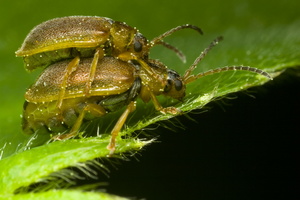 Galerucella tenella mating · žemuoginis aksominukas poruojasi
Galerucella tenella mating · žemuoginis aksominukas poruojasi
-
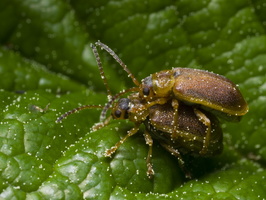 Galerucella tenella mating · žemuoginis aksominukas poruojasi
Galerucella tenella mating · žemuoginis aksominukas poruojasi
-
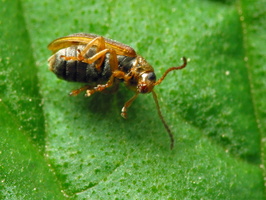 Galerucella tenella · žemuoginis aksominukas
Galerucella tenella · žemuoginis aksominukas
-
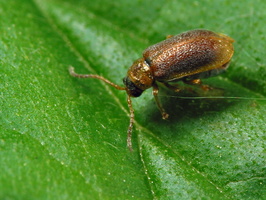 Galerucella tenella · žemuoginis aksominukas
Galerucella tenella · žemuoginis aksominukas
-
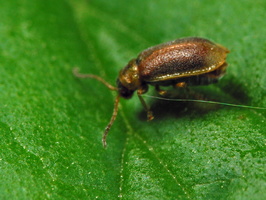 Galerucella tenella · žemuoginis aksominukas
Galerucella tenella · žemuoginis aksominukas
-
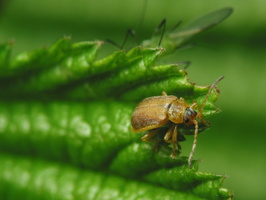 Galerucella tenella · žemuoginis aksominukas
Galerucella tenella · žemuoginis aksominukas
Galerucella tenella · žemuoginis aksominukas
- Neogalerucella tenella
- strawberry leaf beetle
- Mädesüß-Blattkäfer
- žemuoginis aksominukas
- zemeņu lapgrauzis
- szarynka poziomkówka
- cabidigitallibrary.org/doi/full/10.1079/cabicompendium.24805
- naturespot.org/species/strawberry-leaf-beetle
- gbif.org/species/5752055
Galerucella tenella occurs in the Palaearctic region from Western Europe to temperate China and the Russian Far East. It feeds especially on Filipendula ulmaria, but also on other species of Rosaceae.
Host plants Rosaceae: Alchemilla, Comarum palustre, Filipendula ulmaria, Fragaria, Geum rivale, Potentilla, Spiraea. The larvae feed on the leaves, and also on the flowers. Pupation takes place in the ground. Univoltine, hibernation as imago.
The head is distinctly narrower than the pronotum. The pronotum is locally pitted, with hairless sides and no distinct longitudinal stripe along the center. The dorsal surface of the body is yellowish-brown, but the vertex of the head and the scutellum are black. The antennae are yellow at the base and almost always black near the apex.
Similar species: The sides of the pronotum in Galerucella pusilla and Galerucella calmariensis are hairy and distinctly punctured. In the latter species, there is also a dark vertical stripe running through the center of the pronotum. Despite these differences, identification can be challenging. Other native Galerucella species can be distinguished by darker basal segments of the antennae or by differences in the degree of flattening along the sides of the elytra.